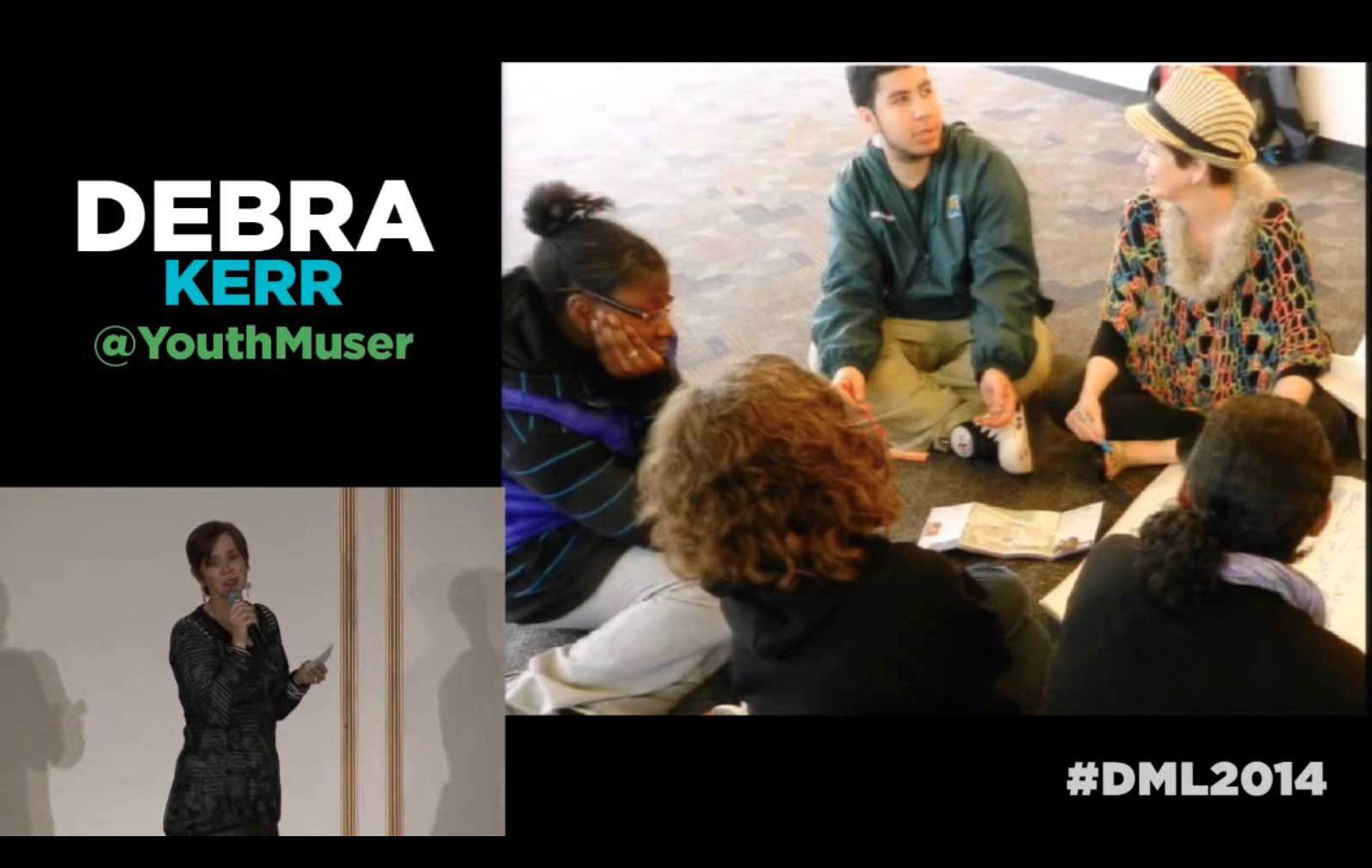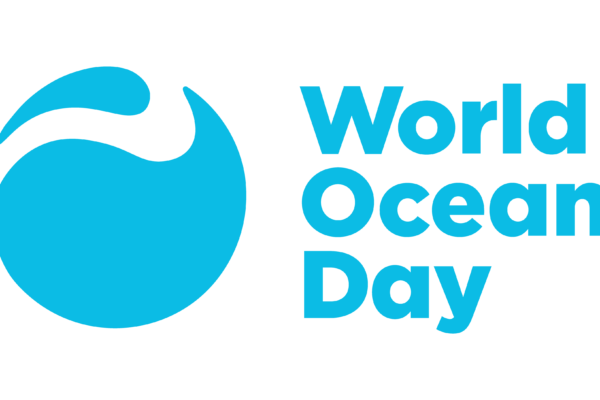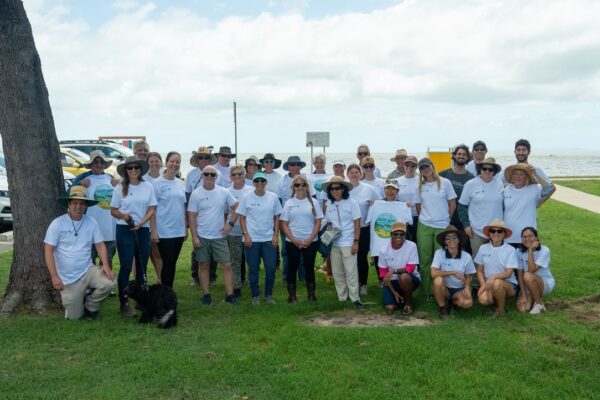This is a guest post by Deb Kerr who has worked with The Ocean Project as consultant on youth engagement.
Most of my talks lately have begun with a “Family Feud”-style question with an environmental twist. Relying on excellent research from The Ocean Project (TOP), I pose this question to the audience: “Americans said, ‘I live a green-friendly lifestyle.’ Then, when asked how they are supporting that lifestyle, what did they say?” The audience is always way savvier than the average American answer, and they get a kick out of the reveal of the top five answers, allowing me to grab listeners with some early laughs.
Recently, I prepared an Ignite-style talk—my first—for the Digital Media and Learning Conference. With its focus on reimagining educational practice, DML is attended by academics, technologists, educators, funders and big thinkers. I wanted to do a really great job on this high-pressure presentation in front of the entire assembly (Ignite-style means 20 slides in five minutes—yikes!), and I wanted to stick to material I know well. But would the lessons learned from my environmental colleagues translate to this more broadly- and student-focused audience?
I asked my opener, in a packed ballroom. They called out the typical guesses: “recycle,” “turn out the lights,” “Take public transportation.”
I revealed three of the five real answers: replace lightbulbs, use organic products and drive a hybrid. Noises of surprise. Then I reveal the sad truth, which is also the laugh getter. “How are they supporting their green lifestyle? They said, ‘I don’t know’ and ‘nothing.’”
To make this relevant for DML, I then explained why this audience should care. Americans see themselves as good guys, but they don’t know what to do. We DML folks—and our partners, youth—have an opportunity to recommend appropriate action. Let’s try recommending positive personal action in non-environmental realms as well.
I used my favorite TOP data points and drew my own associations for the audience.
- Teens are seen as change agents: Easy. This audience is all about teens.
- The public trusts the museum sector and wants recommendations for action: About 10 percent of the audience raised hands when I asked who was from museums.
- Americans are America-centric: Keep your message local, focused on places, people or animals your audience cares about.
- Knowledge does not lead to action; knowledge and action are disconnected: Make action happen first.
And, from work done back in my Shedd days:
- Focus on the congregation, not the choir (which already buys into your message), nor the non-believer (which may never buy into your message).
Among the digital savvy, Twitter, of course, is a popular tool. When I sat down, I was thrilled to see the scrolling tweet screens carrying tweets repeating my main messages, especially “Knowledge isn’t connected to action. Make action happen first.” Whew! I made a connection to my audience.
To top it off, Amy Storrow, the speaker after me, did a fun, improvisation exercise, trying to get everyone in the audience to work together to choose the same pantomime. It didn’t quite work the first time, and, in fine improv-style, she called out, “We have some non-believers in the audience!”




